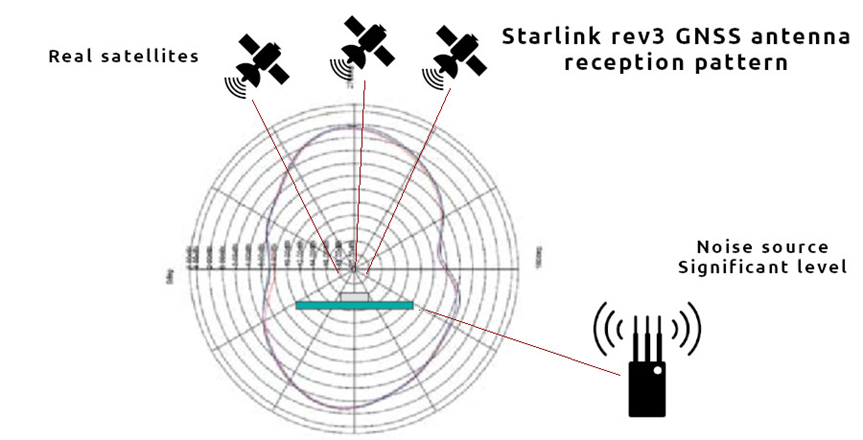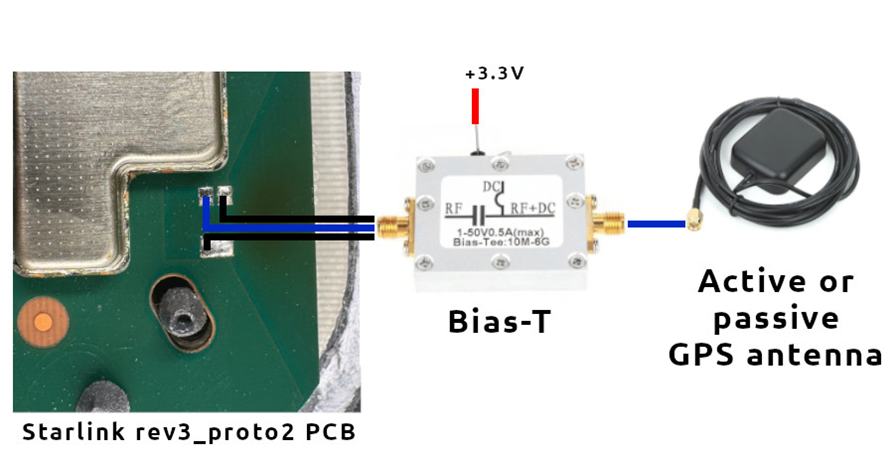Light modification of the terminal made the satellites immune to GPS signal suppression.
In the context of modern technological challenges, when the importance of a reliable Internet connection is indisputable, innovations in the field of satellite communications are becoming particularly relevant. One of these breakthroughs is demonstrated by Oleg Kutkov, an expert in the modernization of Starlink terminals. Special attention is paid to the problem of military suppression of GPS signals, which are actively used during conflicts.
The Starlink system, which provides high-speed Internet access via satellites, faces the need for precise positioning and time synchronization. GPS systems are traditionally used for this purpose.
All versions of Starlink terminals are equipped with Teseo GNSS receivers that support GPS, Galileo, GLONASS, BeiDou, and QZSS systems. Despite their high reliability and multiple functions, receivers can be subject to interference and easily damaged when exposed to a strong radio signal. In addition, the low gain and radiation pattern of the antenna, which allows you to receive signals from all directions, including sources of interference, can be a problem.

Starlink satellites "hear" all signals, including sources of interference/spoofing
Kutkov finds a solution to the problem by modifying the equipment, improving the reception of the GPS signal even in conditions of its active suppression. The solution may be to connect an external GPS antenna, which provides better protection against interference and faster satellite search.

Connecting an external antenna to the terminal
Experiments with various external antennas have shown a significant improvement in launch time and the number of detected satellites, which confirms the effectiveness of this approach even in conditions of GPS signal suppression.

Comparison of the operation of modified and unmodified terminals
Such innovations not only improve the reliability and quality of communication in the face of interference, but also open up new prospects for using Starlink technology in extreme conditions.
In the context of modern technological challenges, when the importance of a reliable Internet connection is indisputable, innovations in the field of satellite communications are becoming particularly relevant. One of these breakthroughs is demonstrated by Oleg Kutkov, an expert in the modernization of Starlink terminals. Special attention is paid to the problem of military suppression of GPS signals, which are actively used during conflicts.
The Starlink system, which provides high-speed Internet access via satellites, faces the need for precise positioning and time synchronization. GPS systems are traditionally used for this purpose.
All versions of Starlink terminals are equipped with Teseo GNSS receivers that support GPS, Galileo, GLONASS, BeiDou, and QZSS systems. Despite their high reliability and multiple functions, receivers can be subject to interference and easily damaged when exposed to a strong radio signal. In addition, the low gain and radiation pattern of the antenna, which allows you to receive signals from all directions, including sources of interference, can be a problem.

Starlink satellites "hear" all signals, including sources of interference/spoofing
Kutkov finds a solution to the problem by modifying the equipment, improving the reception of the GPS signal even in conditions of its active suppression. The solution may be to connect an external GPS antenna, which provides better protection against interference and faster satellite search.

Connecting an external antenna to the terminal
Experiments with various external antennas have shown a significant improvement in launch time and the number of detected satellites, which confirms the effectiveness of this approach even in conditions of GPS signal suppression.

Comparison of the operation of modified and unmodified terminals
Such innovations not only improve the reliability and quality of communication in the face of interference, but also open up new prospects for using Starlink technology in extreme conditions.
